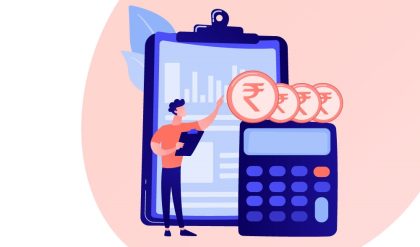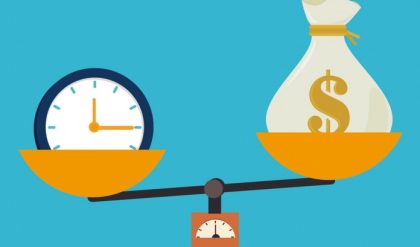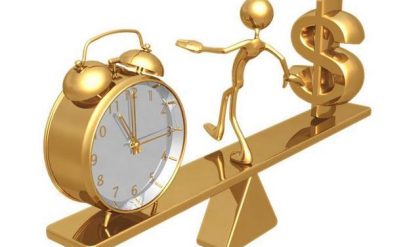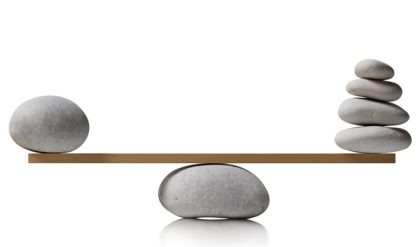Demand is driven by utility – the pleasure or satisfaction that a consumer obtains from consuming a good or service. Total utility is a function of the quantities of goods/services consumed and the quantities of work done. What is more relevant is the notion of marginal utility – the additional utility that comes from consuming one additional unit of a good or service. This feeds into the law of diminishing marginal utility – at some point, marginal utility will always decrease. (For related reading, see Economic Basics: Utility.)
Consumers maximize their utility by consuming up to the point where the marginal utility is at zero. Consumption is a byproduct of disposable income, where disposable income equals gross income minus net taxes. Expressed differently, disposable income is also equal to the sum of consumption and saving.
There are a variety of equations that can express individual consumption. A person’s marginal propensity to consume is largely determined by income, as that marginal propensity equals the change in consumption divided by the change in disposable income. Similarly, a person’s marginal propensity to save can be measured as the change in savings divided by the change in disposable income. At all times, then, the marginal propensity to consume and to save must equal “1.”
What determines the rate of consumption and savings? Wealth plays a role, as higher wealth leads to more consumption. Consumer expectations also play a significant role; if consumers expect economic conditions to worsen, they will spend less and save more. Household debt is also a factor, as debt represents future consumption brought forward into the present. Finally, taxes and transfers also impact consumption – the more people are taxed, the less they consume, while higher transfer payments from the government can increase consumption.
The total demand for goods and services within an economy is the aggregate demand. Aggregate demand (often expressed as “Y”) is the sum of consumer demand, investment spending, government spending and net exports. The curve of aggregate demand is downward-sloping, as demand declines as prices increase. (For related reading, see Understanding Supply-Side Economics.)
Demand can be influenced by a variety of factors. Some of the most significant demand factors include:
Increase/decrease in real wealth – As consumers’ wealth increases, they demand more goods. This rate of increase does slow at higher levels of wealth, though, as more income is devoted to savings (future consumption).
Decrease/increase in real interest rate – Interest rates are in many respects the price of money and higher rates discourage consumption.
Increase/decrease in optimism – As consumers feel better about the economy (and by extension, their job and earnings prospects), they spend more.
Increase/decrease in expected inflation – Inflation erodes the value of unspent money; when consumers expect higher rates of inflation (or rather, the higher prices that make up inflation), they will consume today rather than see their money buy less in the future.
Higher/lower real incomes abroad – If foreigners earn more, they can spend more money on trade goods (imports).
Reduction/increase in exchange value of currency – A stronger currency encourages more spending on imported goods as they become cheaper.





